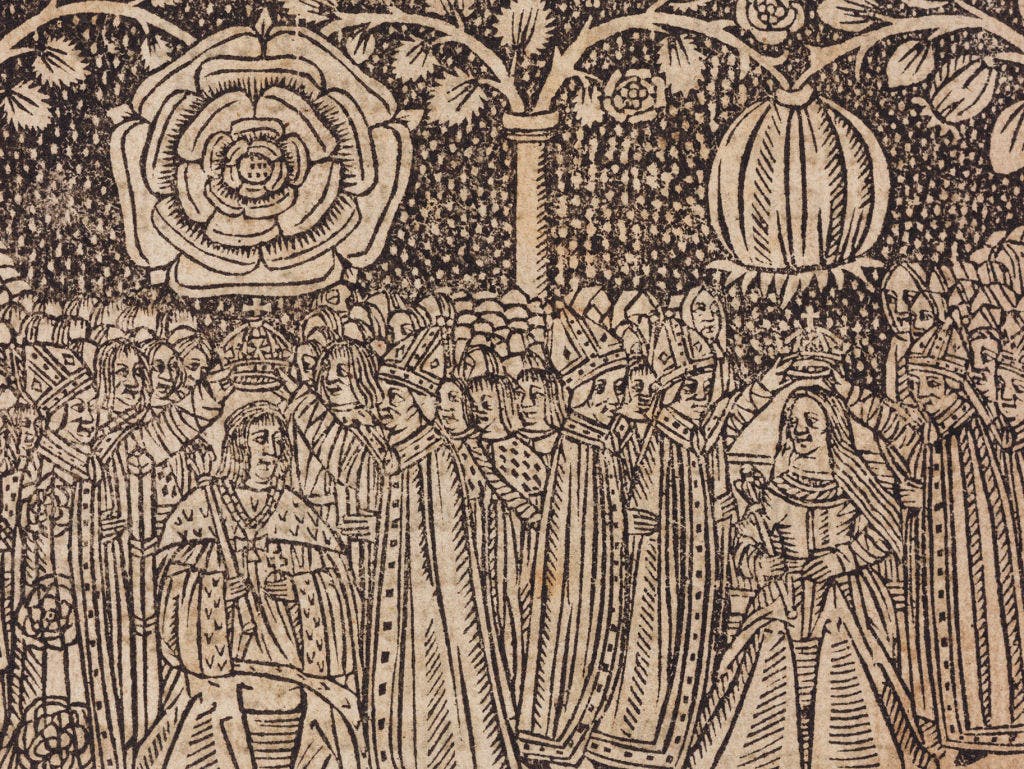
A Black musician at the Tudor court
John Blanke was a royal trumpeter in the courts of Henry VII and Henry VIII, and remains the only Black Tudor for whom we have an identifiable image. While serving two kings, he bore witness to some of the great moments in England's history and contributed to some of the greatest spectacles of the Tudor age.
Main image: College of Arms MS Westminster Tournament Roll, 1511. Reproduced by permission of the Kings, Heralds and Pursuivants of Arms.
Unknown origins
We know nothing of the early life of John Blanke. In fact, John Blanke may not have been his name at birth. Blanke may have been a play on the words blanc (French) or blanco (Spanish), meaning white.
We know from manuscript evidence that John Blanke was described as Black, and the two surviving images of him, painted around 1511, show that he had dark skin.
John Blanke's heritage
It is possible that John was of North or West African heritage and that his parents were Africans living in Southern Europe.

Image: A record of the first payment to 'John Blanke the blacke trumpet', dated 7 December 1507. It seems that John worked every day of the month. Reproduced with permission from the National Archives, E 36/214, f. 109.
Arrival in England
The earliest named reference to John Blanke was a payment made by Henry VII in December 1507, when he was one of eight royal trumpeters under the leadership of Peter de Casa Nova. This entry shows he was paid 20 shillings, at 8d. (old pence) each day, for his service in November.
John may have arrived in England in the entourage of Katherine of Aragon in 1501, who was to marry Prince Arthur, eldest son and heir of Henry VII. Katherine's entourage included a group of trumpeters and Henry VII rewarded the '9 trumpets of Spain' shortly after her arrival.
It is likely that Catalina of Motril, a Muslim 'Moor' and one of Katherine's servants of the bedchamber, was also part of that contingent.
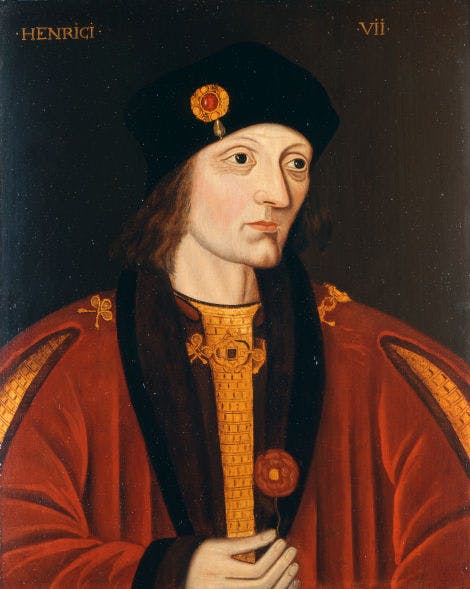
Image: Henry VII. Royal Collection Trust / © Her Majesty Queen Elizabeth II, RCIN 404743
Henry VII's household
If John Blanke did arrive with Katherine of Aragon then at some point he moved to the household of Henry VII.
This may have been after Prince Arthur's death in April 1502 when Katherine, deprived of her dowry, was short of money. Indeed, the widowed Princess complained she could not even afford to pay her servants. Perhaps John was forced to find employment elsewhere.
Black musicians in European royal courts
John was part of a long medieval and renaissance tradition of Black musicians serving at European royal courts. In the 12th century, the Holy Roman Emperor Henry VI had Black trumpeters in his entourage. In the 16th century, James IV of Scotland employed a drummer who was a Muslim 'Moor'.
The rivalry between England and France may have further prompted the French to employ Black trumpeters, just as Henry VII and Henry VIII had employed John Blanke.
A French tapestry depicting the famous Field of Cloth of Gold tournament of 1520 shows a Black trumpeter whose trumpet banner displays the fleur-de-lis, the royal emblem of France.
A mystery trumpeter
In January 1501, Henry VII paid 20 shillings to 'the new trumpet'. Could this have been John Blanke?

Image: Henry VIII, c.1526-7. Royal Collection Trust / © Her Majesty Queen Elizabeth II, RCIN 420640.
'The King is dead, long live the King'
On 21 April 1509 Henry VII died. The reign of Henry VIII officially began, 'proclaimed by the blast of a Trumpet in the citie of London'.
John Blanke, like other courtiers, was issued with new black livery to wear at Henry VII's funeral. He would have had an important part to play in the ceremonies that followed, accompanying the procession from Richmond to burial in Westminster Abbey.
Henry VIII quickly secured dynastic relations with Spain by marrying Katherine of Aragon, his brother Arthur's widow, at Greenwich on 11 June 1509. Next to follow was the coronation, at which John would have been kept very busy indeed.
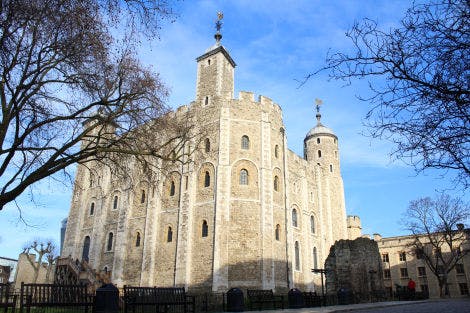
Image: The White Tower / © Historic Royal Palaces
Henry VIII's coronation
John seems to have moved organically into the household of the new King Henry VIII and was provided with new scarlet livery for the coronation. The festivities were spread out over many days, beginning with a stay at the Tower of London on Friday 22 June 1509.
The next day, John would have taken part in the procession from the Tower of London to Westminster Great Hall. On this journey John would have viewed wonderful scenes of pageantry as the citizens of London welcomed their new monarch. The streets were lined with rich tapestries and cloth of gold, and the sound of triumphant music filled the air.
The coronation, on 25 June at Westminster Abbey, was followed by a lavish banquet and tournament.
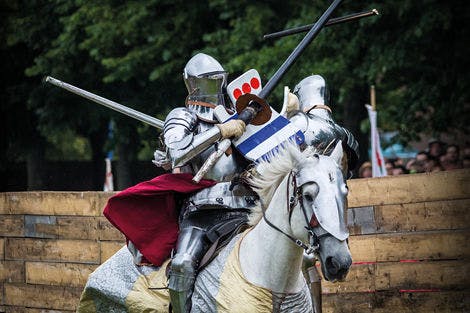
The trompettes blew to the feld, the fresh young galantes and noble menne gorgeously apparelled.
Chronicler Edward Hall, describing Henry VIII's coronation tournament of 1509
Petitioning Henry VIII for promotion
By Tudor standards, John was not on the breadline. His wage of 8d. each day was not inconsiderable, and equivalent to that of a skilled craftsman.
In addition to his wages John Blanke would have received room and board. On occasions that these were not required he could have claimed an additional allowance called 'boardwage'. Later, in 1526, it was decreed that the royal trumpeters' 'boardwage' was to be 4d. each day.
However, John was clearly ambitious and not prepared to live on 8d. per day forever. Early in Henry VIII’s reign, after the death of a more senior trumpeter called Domynck Justinian, he petitioned the King for his former colleague's position.
In his petition (below), which still survives in the National Archives, Blanke asserted that his wages were not sufficient to serve the king properly 'as other your trumpets do' and noted that he intended to serve Henry for the rest of his life.
The petition was a success and John's wages were increased to 16d. each day – a testament to his tenacity as well as his experience and length of service.
Did you know?
In addition to his wages, John would have received room, board and livery robes.

Image: Petition by John Blanke to Henry VIII for a wage increase.
The petition reads: "It may therefore please your highness in consideration of the true & faithful service which your servant daily doeth unto your Grace and so during his life intendeth to do, to give and grant unto him the same room [position] of Trumpet which Dominic deceased late had, to have and enjoy the said room to your said servant from the first day of December last passed during your most gracious pleasure, with the wage of 16d by the day."
Reproduced with permission from the National Archives, E 101/417/2 (105).
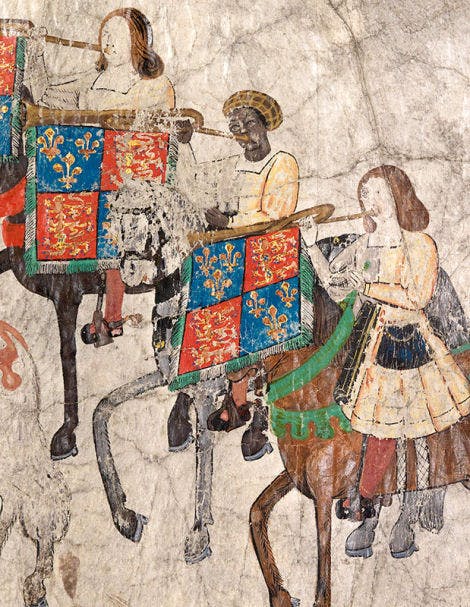
Image: College of Arms MS Westminster Tournament Roll, 1511. Reproduced by permission of the Kings, Heralds and Pursuivants of Arms.
John Blanke and the Westminster Tournament Roll
In February 1511, Henry VIII held a grand jousting tournament in Westminster to celebrate the birth of his short-lived first son, also named Henry.
Trumpeters such as John Blanke provided the music to this spectacular occasion. Champions entered the field 'with great noise, aswell of trompettes as of Dromes [drums]'. Indeed, John is pictured twice on the great roll created to record the tournament.
John and his fellow trumpeters are shown on horseback sounding their double-curved instruments. Clearly, musical skill was only part of the job, and John would have needed to be an accomplished horseman too.
Each trumpet in the picture is decorated with a banner bearing the King's arms. The banners may have been made from painted silk; in 1512, the King's painter was paid 40 shillings for painting three silk trumpet banners with 'the king's arms beaten in oil colours'.
John is shown wearing special silver and gilt livery for the festivities, which was a change from the traditional Tudor green and white or scarlet and gold. In both depictions, John is wearing a turban: the first is green patterned with yellow or gold, and the second brown and yellow.
John Blanke's turbans might suggest an Islamic faith. However, Henry VIII liked to dress himself, and members of his court, in a variety of international fashions. Therefore, John's turbans may have been worn for aesthetic rather than religious reasons.
John Blanke gets married
In 1512 John Blanke got married, and Henry VIII gifted him a new wedding outfit on 14 April at Greenwich. The gift included a gown of violet velvet and a hat.
We do not know who John Blanke married, although it seems likely that she was an Englishwoman. To marry in a Roman Catholic ceremony, John and his bride would have also needed to be Catholic, as England was still a Roman Catholic country in 1512. Therefore, John would have needed to convert to Christianity, if he was not already a Christian.
We know that there were Black Christians in Renaissance London. For example, burial records from 1618 show that Anne Vause, 'a black-more', was buried at St Botulph's Church, Aldgate. Coincidentally, Anne's husband Anthonie was also a trumpeter.
Did you know?
Wedding presents from the King were indicative of royal favour and John's status within the royal household.
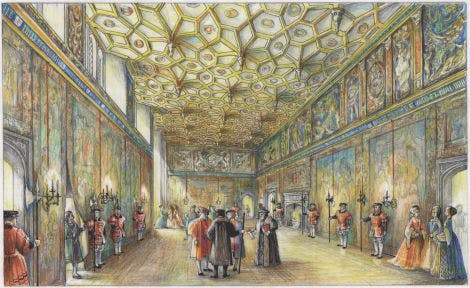
Image: A reconstruction of the Tudor court at Hampton Court Palace. © Historic Royal Palaces
What happened to John Blanke?
Henry VIII's wedding gift of January 1512 is the last surviving reference to John Blanke. The next full list of royal trumpeters, drawn up in 1514, does not include his name.
We may never know what happened to him. Some historians have suggested that he may have died in battle, fighting in Scotland or France, or that he found work in another royal court that paid more. Perhaps, like Catalina of Motril, he moved abroad after he married.
Whatever his fate, John Blanke remains an incredibly significant figure in Tudor and Black British history. John Blanke is the only Black Tudor for whom we have an identifiable image and is symbolic of the important but often ignored contribution that people of colour have made to our shared history.
Suggested reading
For more information about John Blanke and other people of colour in the Tudor period, please refer to the following books:
- Staying Power: The History of Black People in Britain by Peter Fryer (London, 2018)
- Black Tudors: The Untold Story by Miranda Kaufmann (London, 2019)
- Black and British: A Forgotten History by David Olusoga (London, 2016)
- Tournaments: Jousts, Chivalry and Pageants in the Middle Ages by Richard Barber and Juliet Barker (Suffolk, 1989)
Browse more history and stories
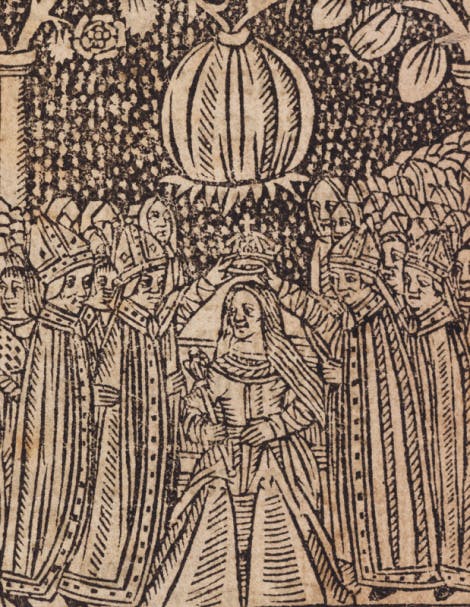
Catalina of Motril
A Tudor servant with one of English history’s greatest secrets

Arbella Stuart
From contender for the throne to prisoner in the Tower of London
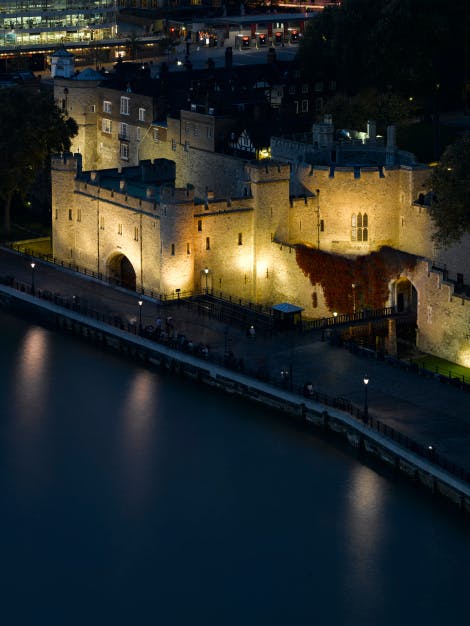
The story of the Tower of London
Iconic fortress, royal palace and infamous prison.
Explore what's on

- Things to see
Medieval Palace
Newly refurbished in May 2025, discover the colour, splendour, and people of the medieval Tower of London.
-
Open
- Tower of London
- Included in palace admission (Members go free)

- Things to see
Imprisonment at the Tower exhibition
Learn why people ended up as prisoners in the Tower of London, in the very rooms where some of them were held.
- Open
- Tower of London
- Included in palace admission (Members go free)

- Things to see
Tower Hill Execution Memorial
Complete your visit to the Tower of London at the Tower Hill Memorial, in what is now Trinity Gardens. Here, an estimated 125 people were executed– including many prisoners of the Tower.
- Daily
- Tower of London
- Free
Shop online

Shop Six Wives of Henry VIII
'Divorced, Beheaded, Died: Divorced, Beheaded, Survived' - this best selling range is as colourful as it is informative.
From £15

Shop Kings & Queens of England
Discover our informative and best selling range, inspired by the incredible history of the Kings and Queens of England.
From £4.99

Katherine Parr Decoration
Handmade fabric hanging decoration of Katherine Parr, King Henry VIII's six wife.
£13

